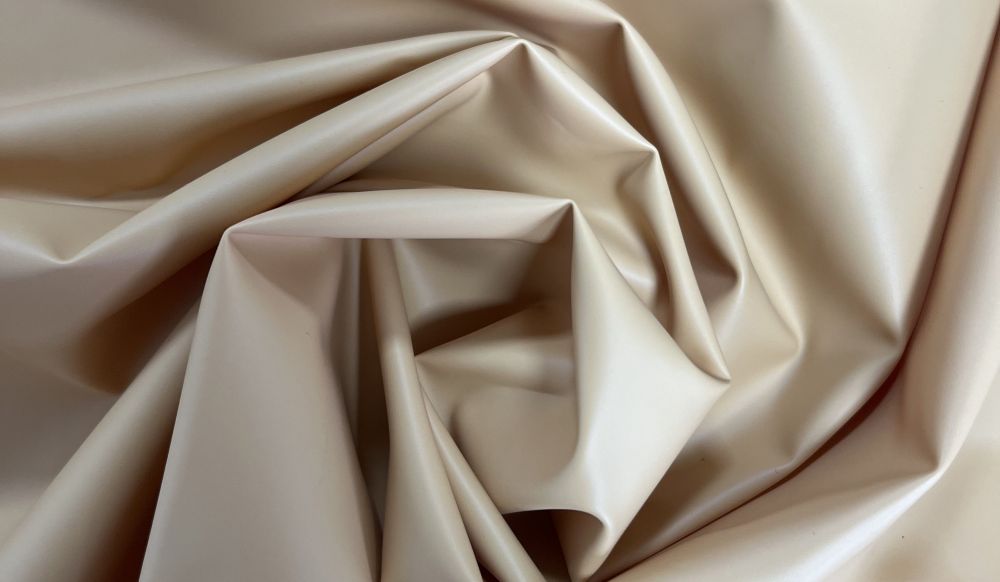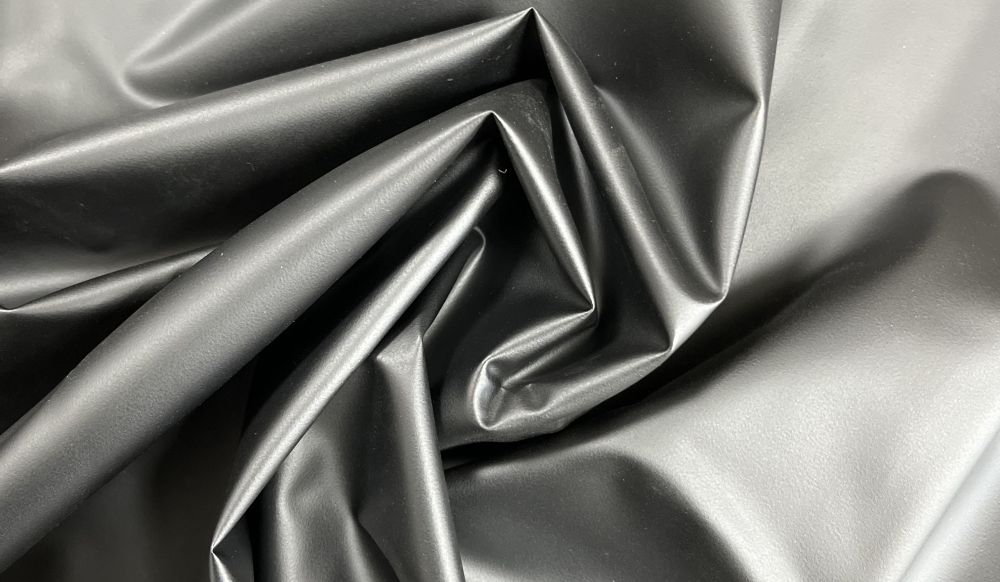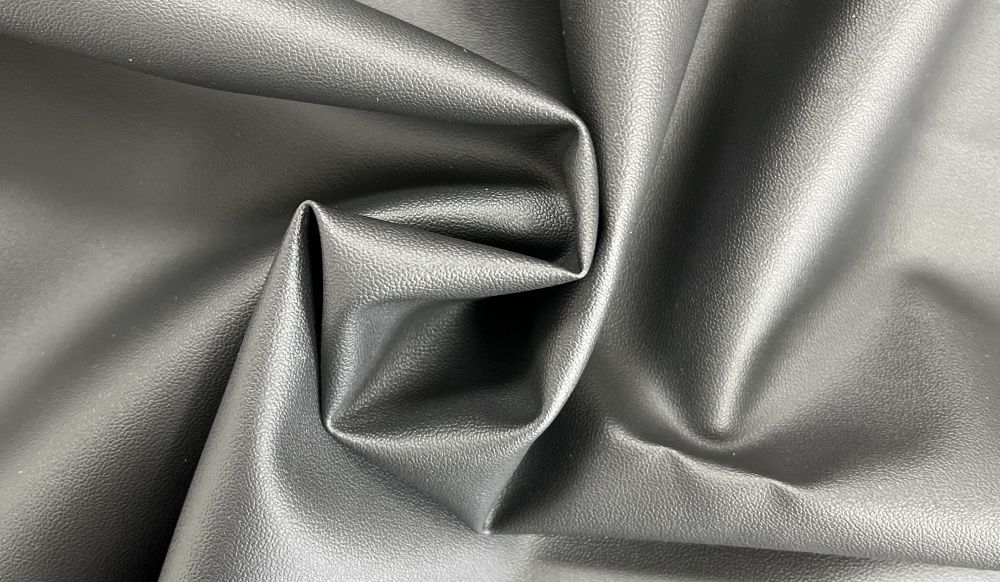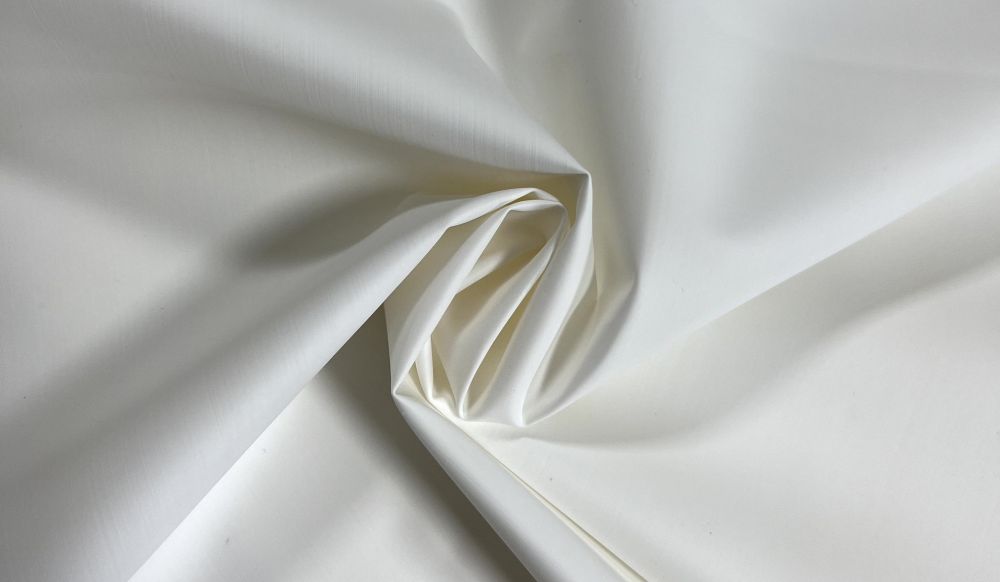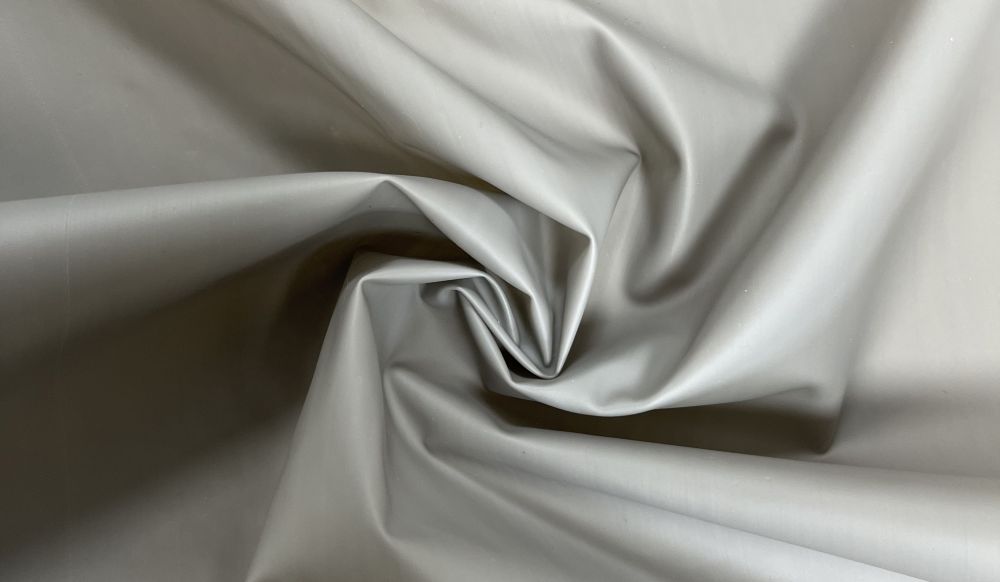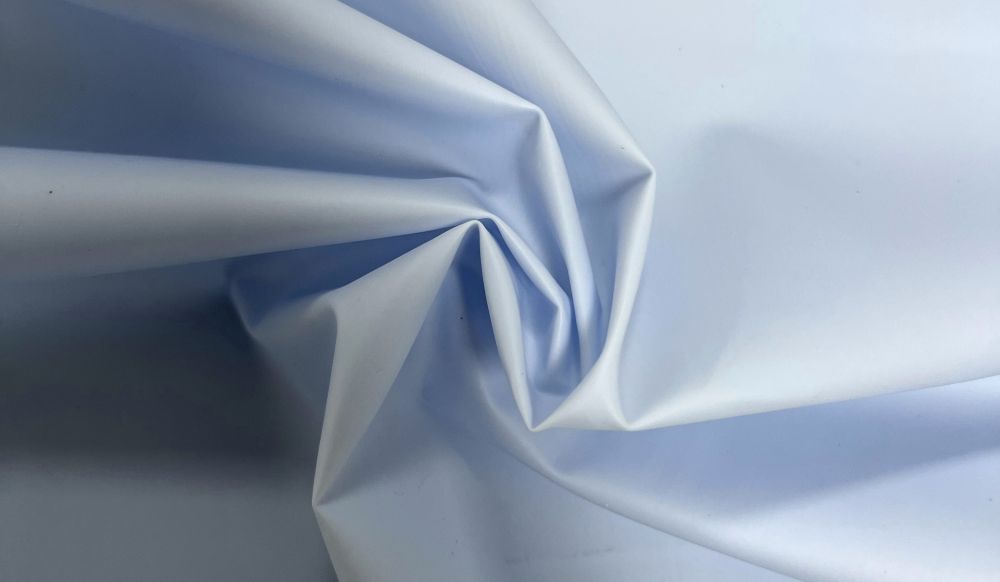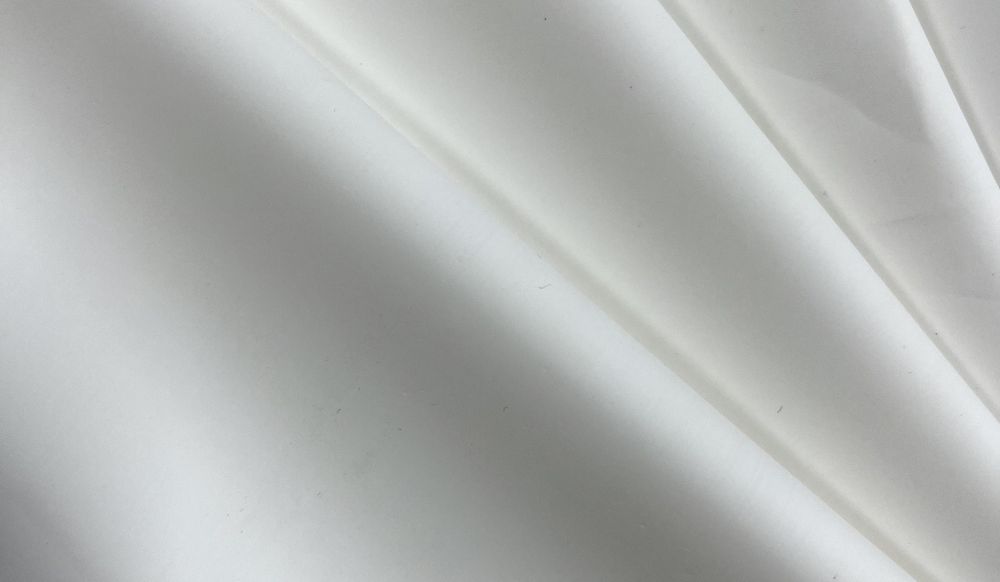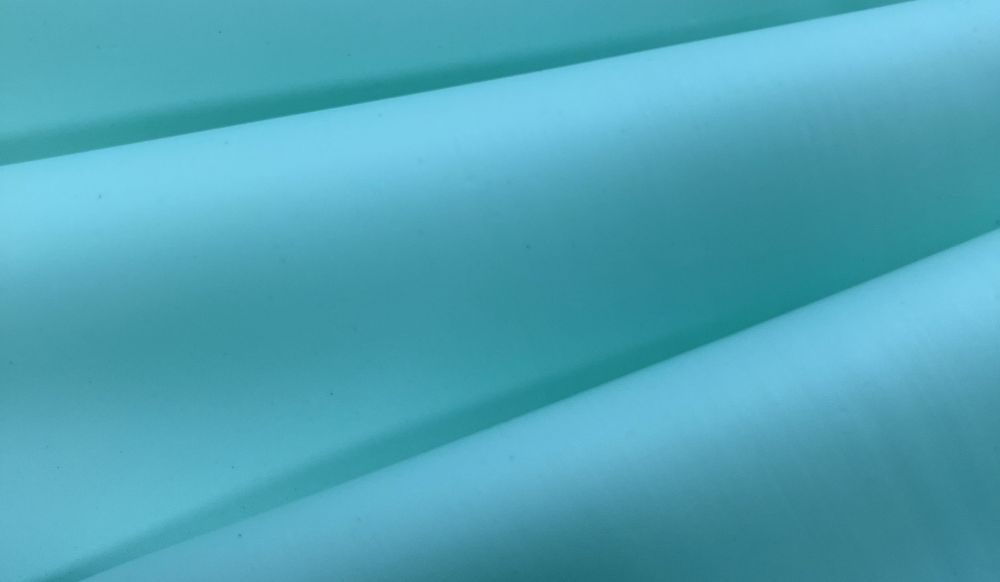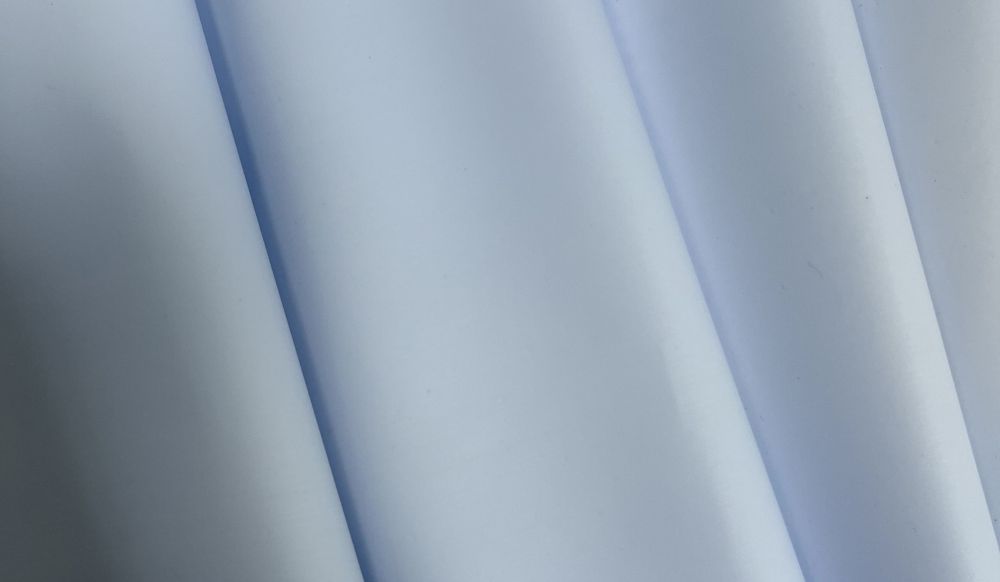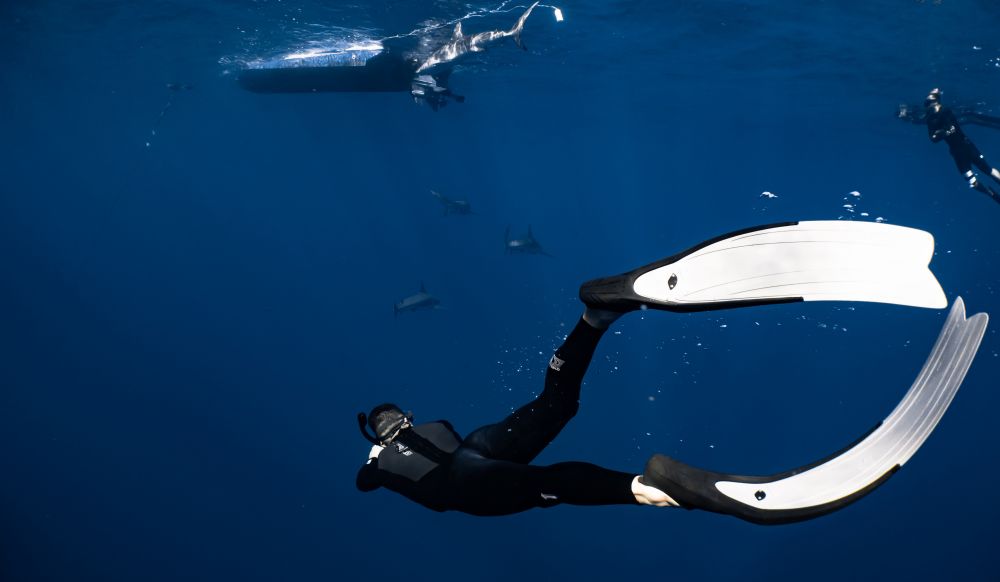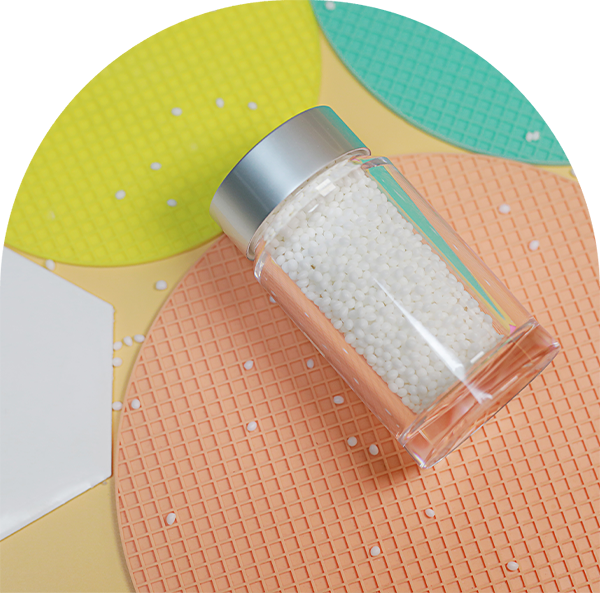
Detail
Si-TPV Film Fabric Lamination is an innovative material solution that incorporates the high-performance characteristics of Si-TPV (Dynamic Vulcanizate Thermoplastic Silicone-based Elastomer). Si-TPV can be processed using conventional thermoplastic processing techniques, such as injection molding and extrusion. It can also be cast into film. Moreover, Si-TPV film can be co-processed with selected polymer materials to create Si-TPV laminated fabric or Si-TPV clip mesh cloth. These laminated materials possess superior properties, including a unique silky, skin-friendly touch, excellent elasticity, stain resistance, ease of cleaning, abrasion resistance, thermal stability, cold resistance, eco-friendliness, UV radiation, no odors, and non-toxicity. Particularly, the in-line lamination process allows for the simultaneous application of Si-TPV film onto fabric, resulting in an exquisitely formed laminated fabric that is both visually appealing and functionally superior.
Compared to materials like PVC, TPU, and silicone rubber, Si-TPV film and laminated composite fabrics offer a unique combination of aesthetic appeal, style, and high-performance benefits. They can be customized to meet customers' color requirements, offering various colors with high colorfastness that do not fade. they do not develop a sticky surface over time.
These materials maintain their integrity even after repeated washing and provide design flexibility. Additionally, Si-TPV helps manufacturers reduce environmental impact and costs by eliminating the need for extra treatments or coatings on fabrics, without plasticizers or no softening oil.
Additionally, Si-TPV film is set apart as a new fabric for inflatable equipment or outdoor inflatable materials.
Material Composition
Material composition Surface: 100% Si-TPV, grain, smooth or patterns custom, soft and tunable elasticity tactile.
Color: can be customized to customers' color requirements various colors, high colorfastness does not fade.
- Width: can be customized
- Thickness: can be customized
- Weight: can be customized
Key Benefits
- No peeling off
- Easy to cut and weed
- High-end luxury visual and tactile look
- Soft comfortable skin-friendly touch
- Thermostable and cold resistance
- Without cracking or peeling
- Hydrolysis resistance
- Abrasion resistance
- Scratch resistance
- Ultra-low VOCs
- Aging resistance
- Stain resistance
- Easy to clean
- Good elasticity
- Colorfastness
- Antimicrobial
- Over-molding
- UV stability
- non-toxicity
- Waterproof
- Eco-friendly
- Low carbon
- Durability
Durability Sustainability
- Advanced solvent-free technology, without plasticizer or no softening oil.
- 100% Non-toxic, free from PVC, phthalates, BPA, odorless.
- Does not contain DMF, phthalate, and lead.
- Environmental protection and recyclability.
- Available in regulatory-compliant formulations.
Application
If you’re searching for a comfortable, reliable, and safe way to enjoy outdoor activities like swimming, diving, or surfing. Si-TPV and Si-TPV Film & Fabric Lamination are excellent material choices for water sports products, thanks to their unique properties. These materials offer a silky touch, abrasion resistance, scratch resistance, chlorine resistance, saltwater resistance, UV protection, and more.
They open up new possibilities for various equipment, including masks, swimming goggles, snorkels, wetsuits, fins, gloves, boots, diver’s watches, swimwear, swimming caps, sea rafting gear, underwater lacing, inflatable boats, and other outdoor water sports equipment.
Solutions:
The Ideal Material for High-Performance, Durable, and Comfortable Swim and Dive Water Sports Products
Swim and dive water sports products are made from a variety of materials, depending on the type of product and its intended use. Generally, these products are designed to be safety and comfort in mind, so they are often made from high-quality materials that can withstand the rigors of water sports activities without compromising performance or durability.
What Are Swim And Dive or Water Sports Products Made Of?
First, Understanding the different materials used in different sectors.
1. Swimwear:
Swimwear is typically made from synthetic fabrics such as nylon or polyester. These fabrics are lightweight, quick-drying, and resistant to chlorine and other chemicals found in swimming pools. They also provide a comfortable fit that allows for maximum freedom of movement in the water.
2. Swimming Caps:
Swimming caps are typically made from Latex, rubber, Spandex (Lycra), and Silicone. most swimmers have been raving about wearing silicone swim caps. the most important one is that silicone caps are hydrodynamic. They’re designed to be wrinkle-free, which means their smooth surface gives you the least amount of drag in the water.
Silicone is tough and super-stretchy, they’re also more strong and more durable than most other materials. And as a bonus, caps made from silicone are hypoallergenic – which means you won’t need to worry about any nasty reactions.
3. Dive Masks:
Dive masks are usually made from silicone or plastic. Silicone is a popular choice because it is soft and comfortable against the skin, while plastic is more durable and can withstand greater pressure underwater. Both materials provide excellent visibility underwater.
4. Fins:
Fins are commonly made from rubber or plastic. Rubber fins offer more flexibility and comfort than plastic fins, but they may not last as long in saltwater environments. Plastic fins tend to be more durable but may not be as comfortable to wear for extended periods of time.
5. Snorkels:
Snorkels are generally made from plastic or silicone tubing with a mouthpiece attached at one end. The tubing should be flexible enough to allow for easy breathing while snorkeling but rigid enough to prevent water from entering the snorkel tube when submerged underwater. The mouthpiece should fit comfortably in the user’s mouth without causing any discomfort or irritation.
6. Gloves:
Gloves are an essential piece of equipment for any swimmer or diver. They provide protection from the elements, help with grip, and can even improve performance.
Gloves are typically made from neoprene and other materials such as nylon or spandex. These materials are often used to provide additional flexibility or comfort, are also highly durable, and can withstand the wear and tear of regular use.
7. Boots:
Boots are designed to provide protection from sharp objects, such as rocks or coral, that may be encountered while swimming or diving. The soles of the boots are usually made of rubber for added grip on slippery surfaces. The upper part of the boot is usually made of neoprene with a nylon mesh lining for breathability. Some boots also feature adjustable straps for a secure fit.
8. Diver’s Watches:
Diver’s watches are a type of watch designed specifically for underwater activities. They are made to be waterproof and resistant to the extreme pressures of deep-sea diving. Diver’s watches are typically made from stainless steel, titanium, or other corrosion-resistant metals. The case and bracelet of the watch must be able to withstand the pressure of deep water, so they are usually made from strong materials such as stainless steel titanium, rubber, and nylon. while rubber is another popular material used for divers’ watch bands because it is lightweight and flexible. It also provides a comfortable fit on the wrist and is resistant to water damage.
9. Wetsuits:
Wetsuits are typically made from neoprene foam rubber which provides insulation against cold temperatures while still allowing for flexibility in movement underwater. Neoprene also provides protection against abrasions caused by rocks or coral reefs when diving or snorkeling in shallow waters.
10. Inflatable Boat:
Inflatable boats are a versatile and lightweight alternative to traditional boats, offering ease of transport and a wide range of uses, from fishing to whitewater rafting. However, the choice of materials in their construction plays a crucial role in determining their durability and performance. PVC (polyvinyl chloride) is the most common material due to its affordability and ease of maintenance, but it has a shorter lifespan, especially under prolonged exposure to UV rays and high temperatures. Hypalon, a synthetic rubber, offers greater durability and resistance to UV, chemicals, and extreme conditions, making it a preferred choice for commercial and military use, though it comes at a higher cost and requires more maintenance. Polyurethane, used in premium inflatable boats, is lightweight, and highly resistant to punctures, abrasions, and UV rays, but is more expensive and harder to repair. Nylon, frequently used for boat floors, provides strong resistance to abrasions and punctures, especially in rocky or shallow waters, but is less flexible and more challenging to repair. Finally, drop stitch material, used in high-pressure inflatable boats, offers rigidity, durability, and resistance to punctures, though boats made with it are typically more expensive.
So, Which Material is Right for Swimming, Diving, or Water Sports Products?
Ultimately, the choice of material for your swimming, diving, or water sports products depends on several factors, including your performance requirements, budget, how often you plan to use it, and the specific environments in which you’ll be using it. One exciting emerging solution for water sports products is Si-TPV film or laminated fabric, which will open a new pathway for High-Performance, Eco-Friendly Water Sports Gear.








